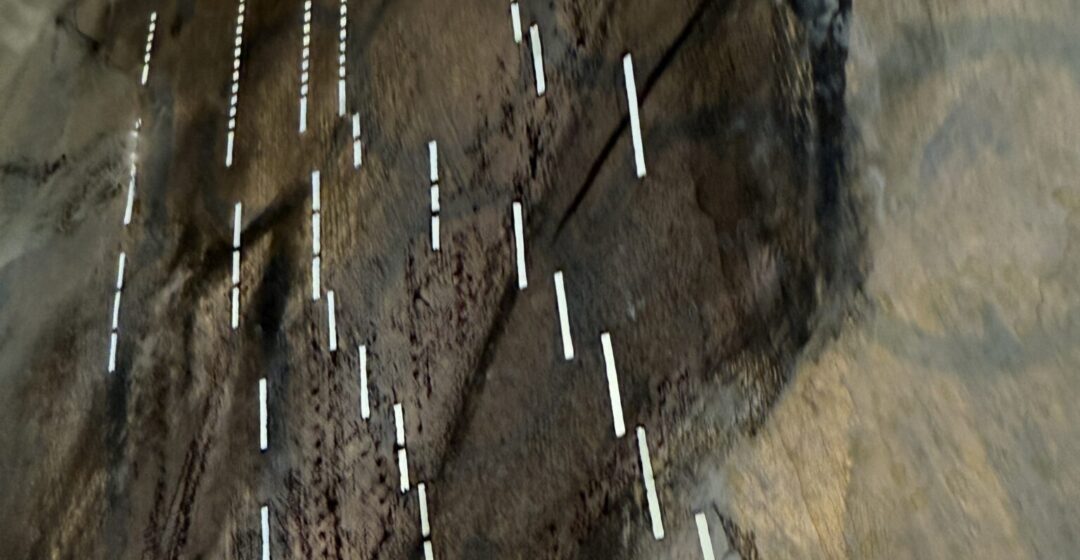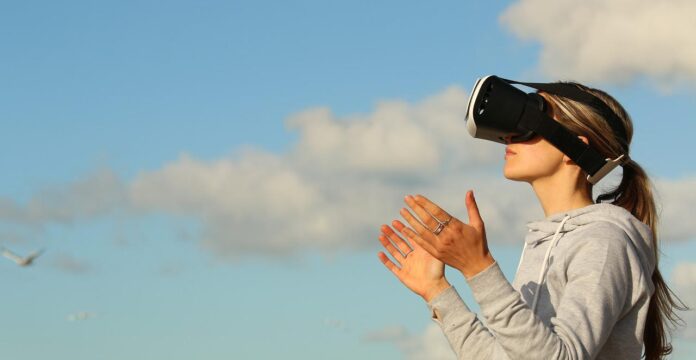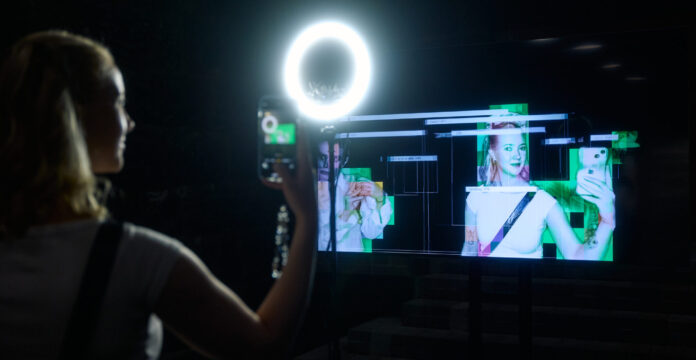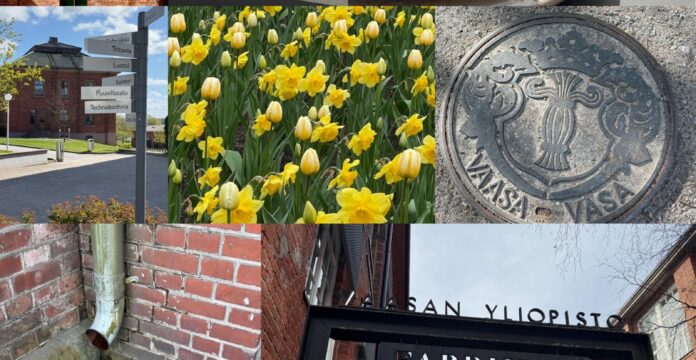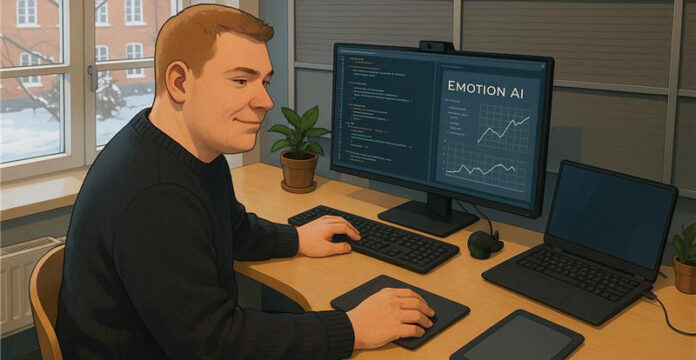Blog 6
If it feels like a while since my last blog, it’s because it was actually just after Easter when I wrote about the special connection most Finnish have with nature. Since that time, I have been consolidating my research and have spent many hours creating an artwork that reflects my time at the University of Vaasa, the VME, and Finland more broadly.
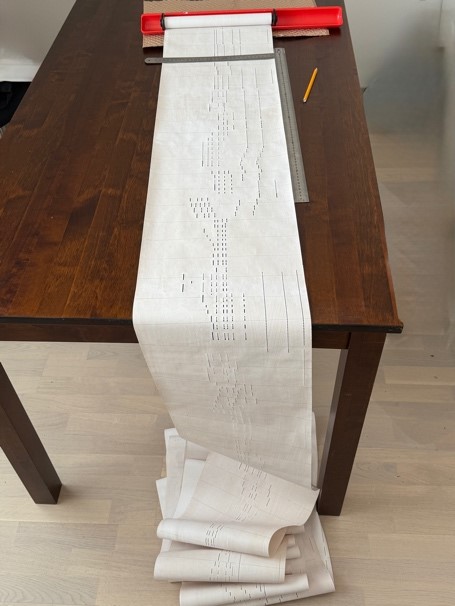
If I am to be completely transparent, I spent much of the past month in a mild panic, worried that my artwork would not come together in a way that I could be happy with, never mind be ready to include in an exhibition alongside internationally renowned artists. I don’t know about you, but this seems to be a consistent phase in all of my projects, be they artistic, academic, or otherwise. It’s what I call the ‘troubles’, that no man’s land where it’s too late to turn back, yet it feels almost impossible to see a way through. I am grateful that I have a few key support people to call on, even while I am working so far from home. Those who bring me nourishment, provide honest critiques, take me into nature, and gently nudge me forward. The trick is to keep going, keep writing, keep thinking and creating and then, miraculously the path to the end becomes clear, focus returns and I tap into this strange energy that allows me to resolve the work.
I faced some challenges that I wouldn’t normally encounter. Primarily I had to adapt to no studio space or access to all of my usual materials. I converted a tiny second bedroom in our rented apartment and lined the floor with old bedsheets. I used a child’s a-frame chalkboard on top of a small dining table as my easel. I worked within the constraints of the supplies I bought with me. It seems crazy but on a last-minute whim I’d packed an old piano scroll – just in case! I’m so glad I did, as it became an unexpected canvas and a curiously relevant link to the final theme of the work. I also brought some embroidery thread and cotton, and some linen remnants from previous work. The thread is incredibly special to me as it was gifted to me by a dear friend. The thread had belonged to her recently deceased mother, an expert needleworker, and I knew I’d like to incorporate it into my art somehow. Although I am definitely not skilled in sewing, I’ve embraced the naivety of my stitching and have also used it in previous work. I enjoy the physicality and repetition of stitch and the way it makes me feel connected to women in my past. I feel as though I’m participating in a shared labour that transcends time.
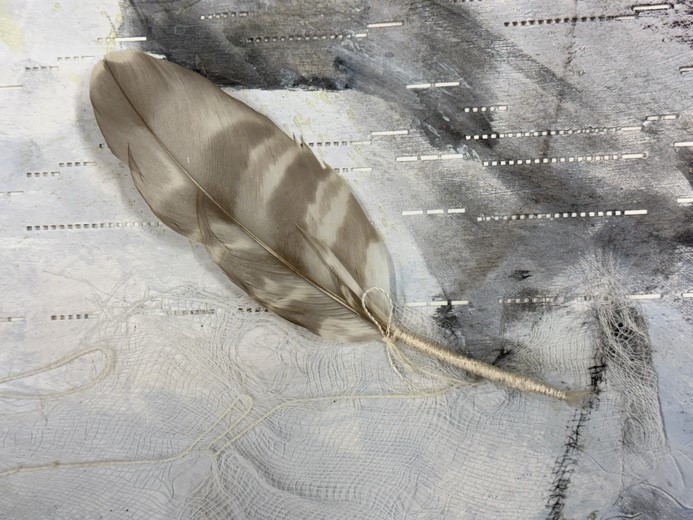
At home I would normally have access to a printing press, in its absence I resorted to applying paint directly to branches and making mono-prints directly onto the scroll, standing on the work, with a blanket between it and my feet, and stomping. Due to having to be inventive, I can now claim to have used swatting, stamping, squeezing, and splashing as techniques employed in my artmaking. And yes, I also managed to paint and draw like a ‘normal’ artist. I’ve bound a few fragments of moss, and even a feather, to really ask the viewer to get up close to the work and discover little treasures, just like you might in the forest. The final bit of the creative process I will share is probably a secret I should keep for myself, but in the spirit of a good story here goes – there is a very low-tech method I adopted to portray an otherwise high-tech idea. The binary code was hand printed onto my work using a carved potato! It’s incredibly Finnish don’t you think?
I should take the chance to send out some special thanks to my very patient husband Patrick. He has spent hours with me while I take very slow walks in nature, photographing moss and rocks. He turns a blind eye when I put pebbles and pinecones in my pocket. He drives the ‘getaway car’ when I ask him to pull over while I gather reeds from the roadside ditches or cut a stray new branch from budding Birches. He barely blinks an eye when I bring home bouquets of dried weeds and he happily made a six-hour return trip to deliver my finished artwork from Rauma to the VME ready to be installed in a few months. He’s a legend!
My work will be included in the exhibition Butterfly: Glo-cal Effects of Data, Energy, and Industry as part of the Wasa Futures Festival in August. Together with a large international group of digital, sound, performance, and textile artists, we will create a diverse narrative addressing the ‘butterfly effect’ and the complex and entangled relationship between the digital and ecological. Considering ethics, sustainability and possible solutions to an unknown future, art has the power to generate philosophical dialogue to new audiences. I hope you’ll come and see the different interpretations for yourself!
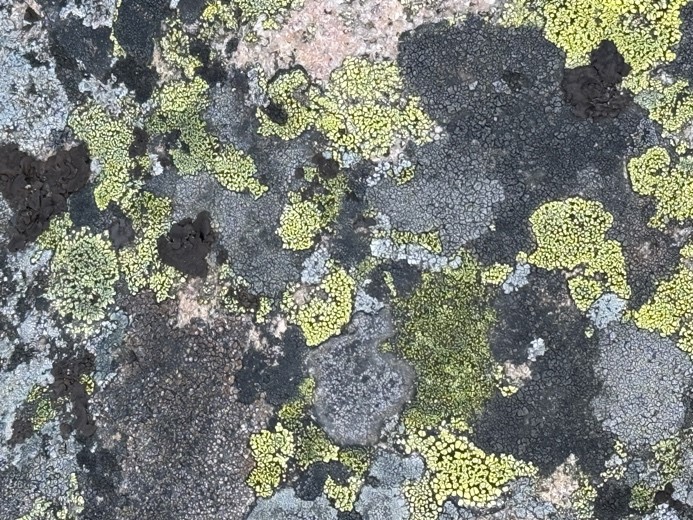
My work is titled ‘Two sides, three Haiku’ and here is my artist’s statement:
From the early mechanical innovation of pattern-based coding to modern deep learning methods, O’Sullivan respectfully acknowledges advancements in technology while playfully issuing a subtle warning. Her choice of material is directly representative of the historical lineage of AI.
Piano scrolls were one of the first widely accepted examples of an ongoing relationship between technology and the arts. They were modelled on the punch cards used by Jacquard looms, which successfully translated human intention into machine action, laying the groundwork for coding, and eventually AI. The hand stamped binary code on one side of the work is a translation of an AI-generated response. The AI was asked to produce three Haiku in a self-deprecating tone. The artist has taken the unfiltered and candid responses, then removed human understanding. The mystery of machine languages draws attention to the disconnect between people and modern technology. Similarly, there is little understanding of the environmental costs associated with every interaction with AI. It is argued that both the volume of water and electricity needed to power data banks are directly contributing to the destruction of our natural world.
The other side of the scroll depicts nature, instantly recognisable, organic. It holds nuanced layers, with fragments and interpretations of words gathered by O’Sullivan during her artist’s residency in Vaasa. She says “While most of us value and understand the re-energising effect that nature provides us, and that rich language and people to people communication are keys to our wellbeing, many of us become so absorbed in the technologies of our time that we forget to prioritise these interactions. Future innovations and technological solutions are incredibly necessary. However, these must come with sustainability and balance at the forefront; reducing the risk to nature (and its inherent intelligence) and reversing the deterioration of human connectedness.”
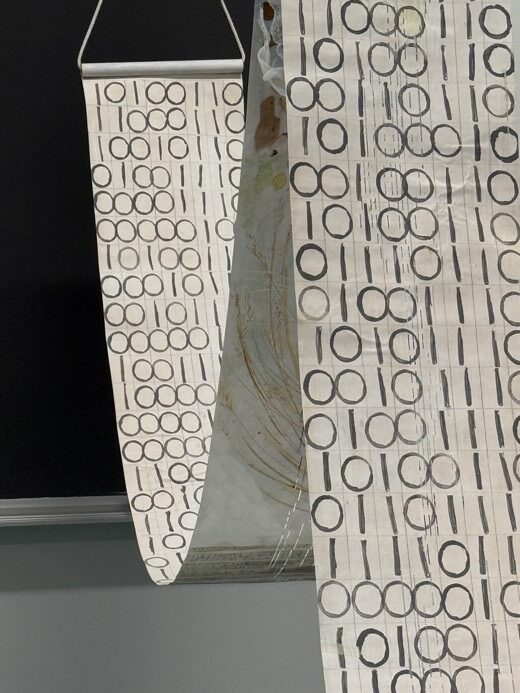
The scroll measures 9.5 meters and I haven’t seen it hanging yet so don’t really know how it will look until I walk into the exhibition at the Wasa Innovation Centre in August. How exciting! A huge thank you to Lyndsay Morley, Rebekah Rousi and the rest of the amazing curatorial team in advance. I know you’ll present all of the artist’s work beautifully. I’m incredibly grateful to be invited to participate on the back of my internship and artist residency here at the University of Vaasa. I look forward to seeing you at Butterfly.
Kiitos,
Katey
Oh, and one last thing, if you’d like to know just how bad the 3 AI poems were before being translated into binary – send me a message!
